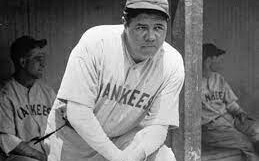Melanoma Monday
Melanoma Monday on the first Monday in May is an awareness campaign during National Melanoma Month. The American Academy of Dermatology has set aside this day to raise awareness about skin cancer.
Melanoma is a type of skin cancer, and it is the deadliest of skin cancers. The observance focuses on skin health, sun safety, tanning prevention, and skin cancer screenings. By providing resources and information, it’s hoped to reduce the number of melanoma diagnosed.
While melanoma and other skin cancers aren’t 100% preventable, there are ways to reduce your risk.
-Wear sunscreen to protect yourself from harmful UV rays. Reapply sunscreen throughout the day, too.
-Other types of sun protection include wearing a broad-brimmed hat, long sleeves, and pants. And don’t forget the back of your neck.
-Find shade. Trees, umbrellas, and awnings provide excellent sun protection on warm sunny days.
-Don’t let the clouds fool you. UV rays still reach the Earth and your skin on a cloudy day!
-Avoid tanning beds. The UV light in tanning beds puts you at risk for melanoma, too.
-Regularly check your skin for abnormal moles. If you notice changes, see your dermatologist to have it checked.
Today, make sure to take proper precautions and make sun safety a habit for life!
Posted in: Healthcare
Leave a Comment (2) →




